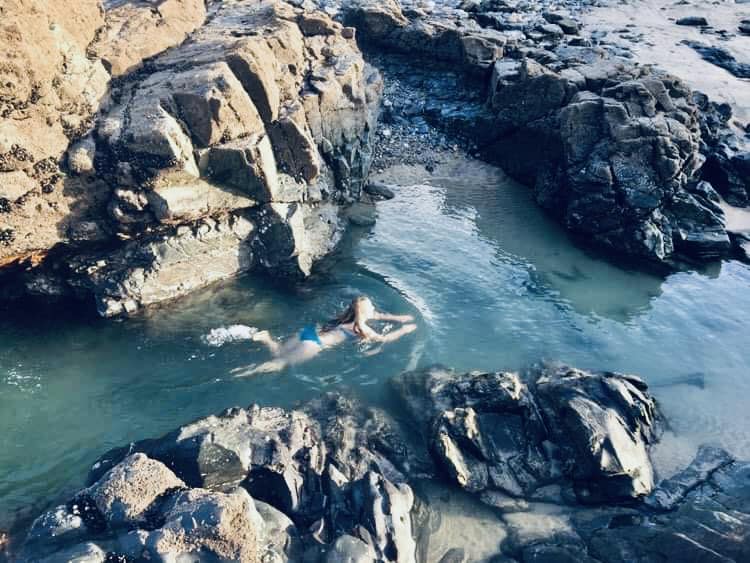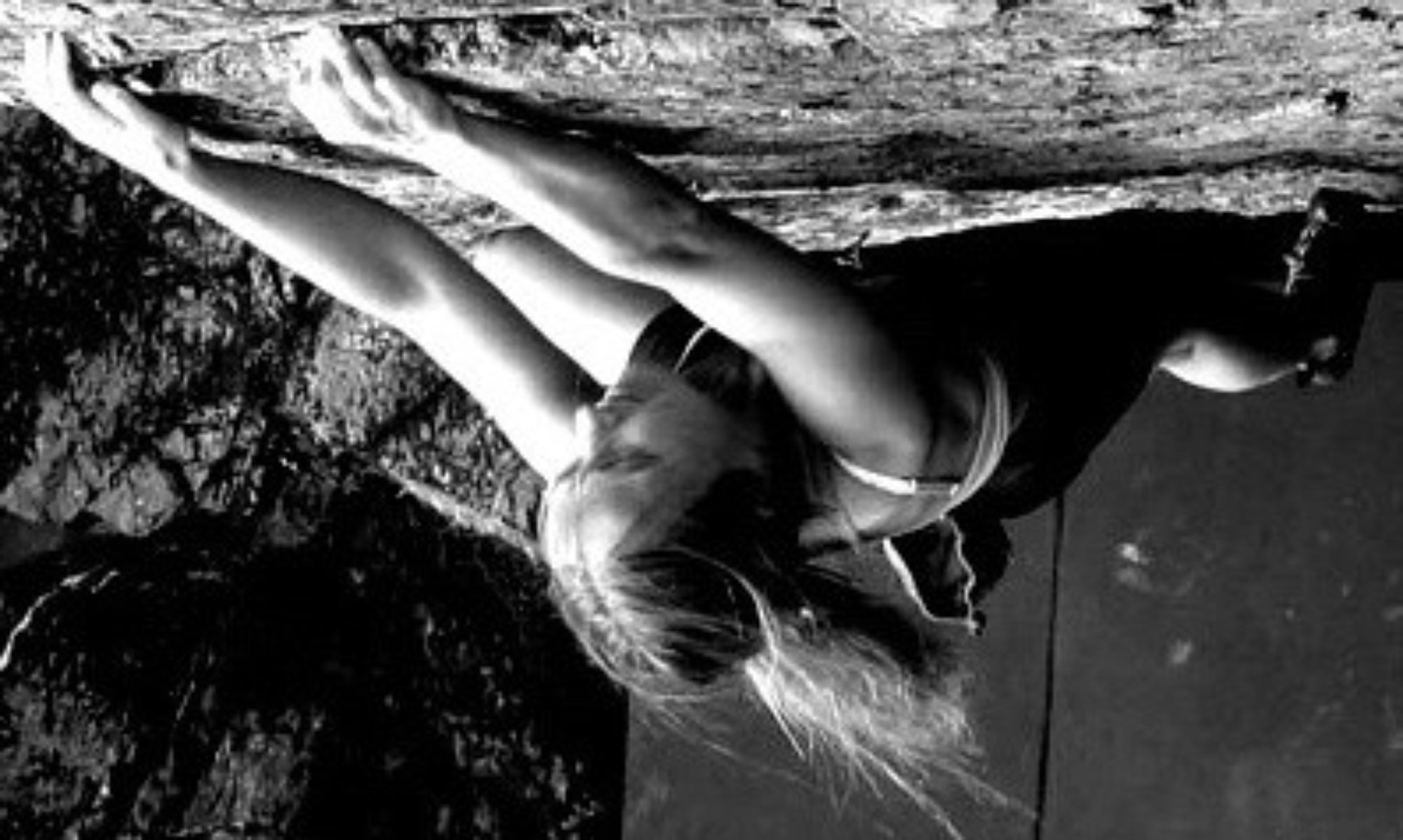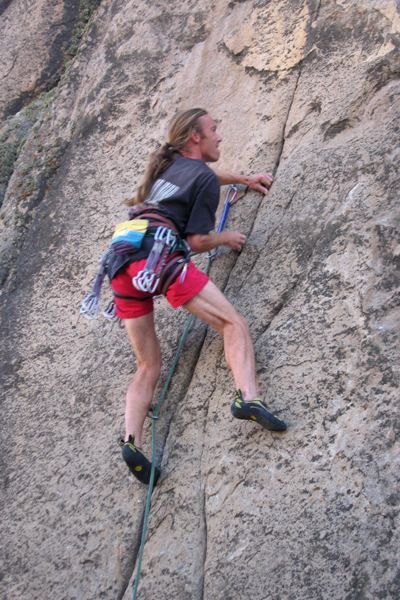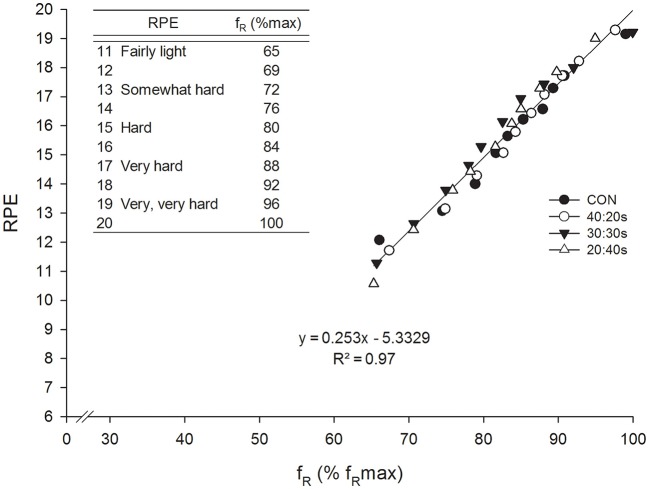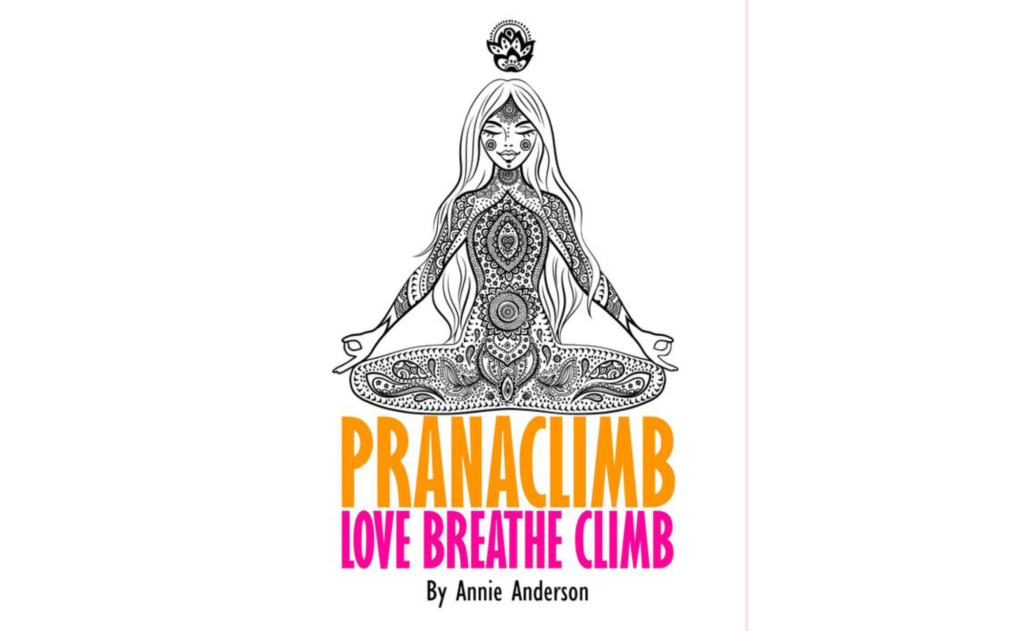Cold water is an acute stressor. Acute stress is intense and short and triggers a cascade of biochemical responses to help us deal with the situation. Cold water builds mental and physical strength and resilience. We learn to become comfortable and relaxed and tolerate discomfort.
Wim Hof says to let the body do what the body is capable of doing:
“Let the body do what the body is able to do, you are so much stronger than you think, you are going to be happy, the cold is real, it’s a force, your inner power, also your neurological networks, hormones, it all works for you, let it awaken …”
We do this by controlling our breathing.
BE PREPARED BEFORE YOU GET INTO THE COLD WATER.
- Lay your clothes/ towel/ dryrobe out in the order you want to put them on.
- Use layers.
- Take a hot drink.
- Stand on something to keep your feet insulated until you get in.
- Be strong in your mind.
- Let your body do what the body is capable of doing (Wim Hof).
- Enter the water SLOWLY.
- CONTROL your breathing before swimming.
- Don’t overstay your swim.
- Stay aware of sensations around your diaphragm.
- Stay aware of your breathing.
WHAT TO EXPECT.
- Cold shock response – gasp reflex followed by rapid breathing.
- Increased heart rate and blood pressure.
- Blood vessels on the skin’s surface constrict in the arms and legs and blood flow is reduced. This is called peripheral vasoconstriction.
- This keeps the heat in our core where most of our vital organs are, while our skin, arms, and legs cool down. Blood volume is centered to the core.
- Our body does this to conserve the temperature in the core.
- There is a period of 10-15 minutes where the core temperature rises or stays unchanging. We find this in all our studies [Dr. Jorgan Melau]
- Our head is not affected by peripheral vasoconstriction.
- Heat loss during cold water immersion is greatest in the head, neck, upper chest, and groin.
- Peripheral vasoconstriction stops quickly after leaving cold water and standing up.
- Vasodilation (blood vessels relax allowing more blood flow) occurs immediately after emerging from the cold water.
- It takes a little time before the cooling of the core begins.
- The first couple of immersions may be painful (slight burning pain). This pain goes away.
Researcher, Dr. Heather Massey says:
“Smaller bodies of water will cool and rewarm more quickly. So as a general rule, if you have had a patch of cold weather with lots of rain, sleet or snow, expect the water to be very cold. Remember, it is always best to get into the water slowly and sort your breathing out before attempting to swim.”
AFTERDROP IS A CONTINUED COOLING OF THE CORE TEMPERATURE AFTER GETTING OUT OF THE WATER.
Dr. Jørgen Melau ‘s research found that the core temperature is lowest around 15-30 minutes after getting out of the water.
He explains Afterdrop:
“When we come back to warmer environments, the blood vessels in our arms and legs dilate again, and the colder blood will circulate back to the core. But more importantly, the warmer blood in our core circulates out to our arms and legs to heat them up. This is called afterdrop.”
HOW TO PREVENT AFTERDROP.
- Don’t stay in for too long.
- Wear a hat. 50% of heat loss is through your head.
- Stand on something to insulate your feet from the cold.
- On exiting the cold water immediately dry off with a towel and take your wet swimsuit off.
- Immediately dress in warm clothes. Begin with your torso.
- Put a hat on.
- Use a dry robe – it’s like being in a tent.
- Do not have a hot shower.
- Warm up naturally.
- A brisk walk.
- Rehydrate.
- Hot flask of tea.
Scientists have observed that Afterdrop occurs more frequently in swimmers who undergo rapid cooling or rewarming. Go in slowly. Warm up naturally.
THE BENEFITS OF COLD WATER SWIMMING.
- Improves muscle recovery time after a workout.
- Reduces the effect of delayed onset muscle soreness (DOMS).
- Reduces rate of perceived exertion (RPE).
- Is a hormetic stressor.
- Improved stress response.
- Increases metabolic rate by 350%.
- Noradrenaline concentrations increase by 530%.
- Dopamine concentrations increase by 250%.
- Builds resilience and grit.
- Boosts immunity, metabolism, and circulation.
- Brown adipose tissue is a type of fat that consumes calories to generate heat. Brown adipose tissue activation occurs best by cold exposure.
- A feeling of being energized, increased optimism, and well-being.
- Positive emotional state.
- Reduces pain and inflammation.
Scientists find cold water immersion increases natural (NK) cells:
“Cold exposure acutely increases circulating mRNA [messenger ribonucleic acid] levels of genes involved in cytotoxic T cells and NK cells.”
Natural killer (NK) cells are:
“cytotoxic immune cells with an innate capacity for eliminating cancer cells and virus-infected cells.”
“accumulating evidence that daily brief cold stress can increase both numbers and activity of peripheral cytotoxic T lymphocytes and natural killer cells, the major effectors of adaptive and innate tumor immunity, respectively.”
A high dosage of granulated Vitamin C (60 mg/Kg body weight) boosts Natural Killer Cells:
“Vitamin C in high oral dose was capable of enhancing NK activity up to ten-fold in 78% of patients.”
HORMETIC STRESSORS.
Hormetic stressors are short bursts of stress that trigger healthy, positive, and adaptive responses:
“Hormetic stressors, acute intermittent stressors of moderate intensity, can produce stress resilience, the ability for quick recovery and possibly rejuvenation of cells and tissues.”
Examples of hormetic stressors are:
- Intermittent fasting.
- Heat exposure.
- Cold exposure.
- HIIT (high-intensity interval training). Intermittent bursts of all-out effort for about 30 seconds followed by 15 seconds of rest.
- Intermittent hypoxia.
- Polyphenols(phytonutrients are concentrated in the leaf tissue of plants).
HYPOTHERMIA.
Hypothermia happens when your body temperature drops below 35 degrees Celcius – when the body’s core loses too much heat. This affects the function of our brain, heart, and other organs. Water conducts heat away from the body 25 times faster than air of the same temperature.
Check this article out for a good read on hypothermia.
